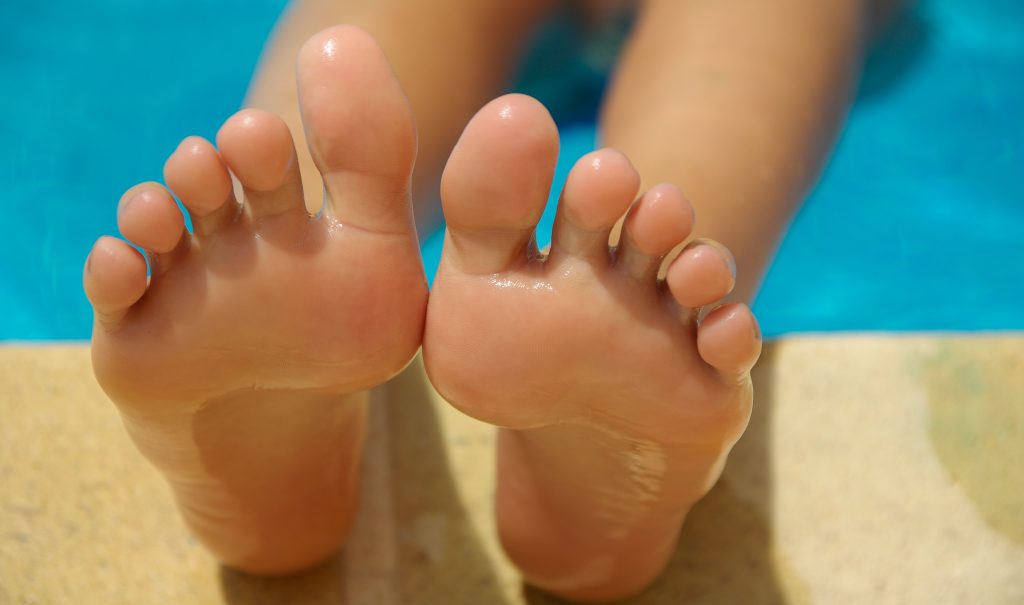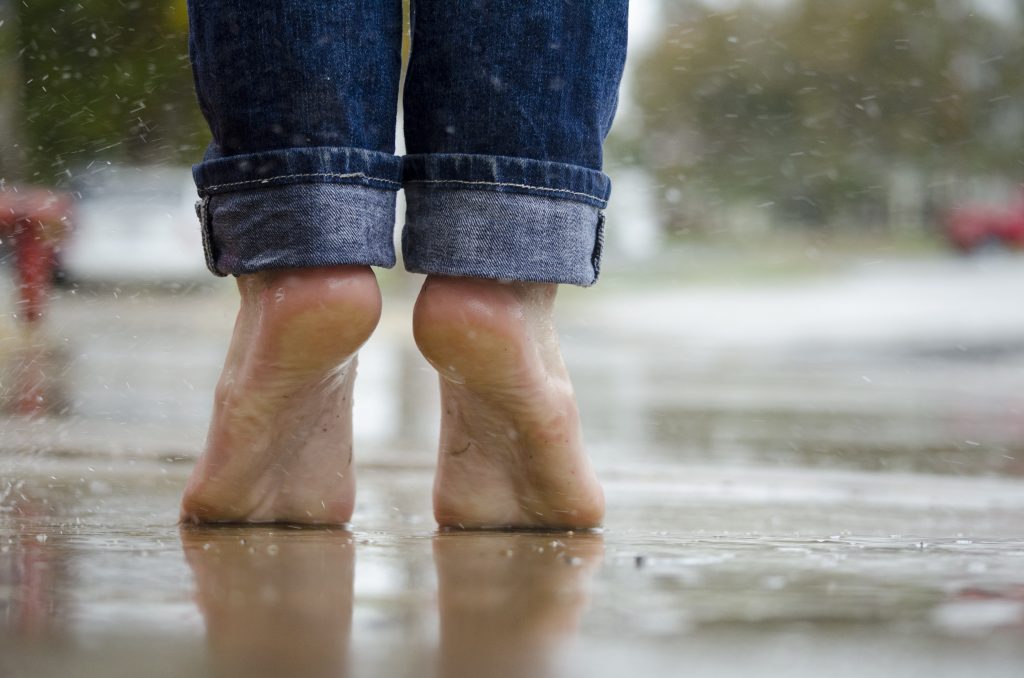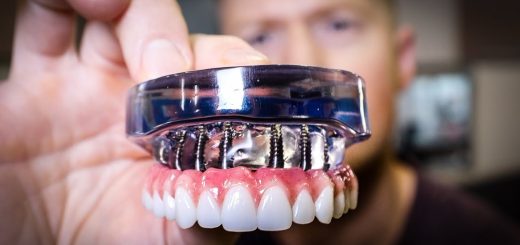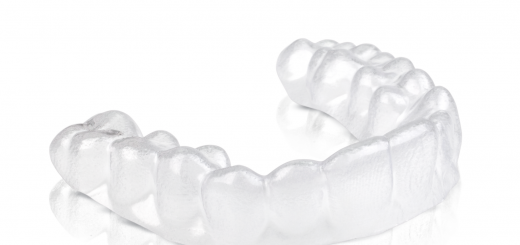How to Relieve Foot Pain Caused by High Arches?

A person is said to have ‘cavus foot’ when their foot has a very high arch. This arch is very pronounced causing a part of that foot to not touch the ground when the patient stands evenly on both feet.
Cavus foot, or ‘pes cavus’ (literally means “hollow foot” in Latin), tend to be very painful as the high arch leads to an excessive amount of weight being placed on the ball and heel of the foot when walking or standing. High arches can get worse with time, can cause instability, can lead to a variety of signs and symptoms, can occur in one or both feet.
What Causes High Arches?
Some people are born with cavus foot (in fact, most people with high arches are born with them) while others develop it over time. While high arches often caused by both genetic and environmental factors, they can also be caused by a neurologic disorder.
Hence, we can say that there are two main causes of high arches:
- Inherited Structural Abnormality
Meaning it’s genetic and high arches run in the family. - Neuromuscular and Neurological
That is, high arches are caused by nerve disorders and other medical condition, such as
• Cerebral palsy
• Charcot-Marie-Tooth disease
• Spina bifida
• Polio
• Muscular dystrophy
• Stroke
So, if you ever develop high arch feet later in life, see a doctor as this could be a symptom of a neurological disorder. An accurate diagnosis is important because the underlying cause of cavus foot largely determines its future course. If it is due to a neurologic disorder or other medical condition, for example, there are high chances of it getting progressively worse.
How Can I Be Sure that I Have High Arches?

There are several ways that you can check if you have high arches as it presents a few other symptoms. The first sign would, of course, be the foot appearing high even when standing. the other symptoms that may present include:
- Foot drop
Which is a weakness of the muscles in the foot and ankle because of having to drag the foot when taking each step. This is also typically a sign of an underlying neurologic condition. - Hammertoes or claw toes
Hammertoes refer to bent toes while claw toes is a term used for toes clenched like a fist. - Calluses on the ball, side or heel of the foot
These are caused by the added pressure on the balls and heel of the feet. - Pain when standing or walking
The added pressure on the heel and balls and instability can cause pain in the feet, leg and even the back.
If you want to make sure you have high arches, you can try the following on your own:
- Get a blank piece of paper and place it on the floor. Ensure it’s large enough for you to be able to stand on it.
- Wet your feet and stand on the paper
- Allow the moisture to soak into the paper.
- Step away from the paper.
People with high arches will leave an imprint of only the front and the heel of their feet on the paper. If there is a thin imprint, it means that you have a moderately high arch.
Can Inserts Help?
Made of materials like gel, plastic, or foam, package inserts come in various sizes and can fit in almost any shoes. They’re not custom-made for your feet but can provide a certain level of arch support and extra cushioning on the heel and around the toes.
While it’s true that both over-the-counter inserts and custom orthotics typically fit the contours of shoes and feel comfortable, foot, ankle, knee and hip biomechanics are complex. Even if the insert can provide cushioning and support, they are highly likely to lead to more damage down the road. This is simply because inserts aren’t designed to correct foot problems.
Why Get Orthotics?
Orthotics are different as they are prescribed by an expert . Even if they are more expensive than inserts, they can actually correct biomechanical foot issues. This is simply because before prescribing you these medical devices to be worn inside your shoes, you will also get a medical evaluation of your foot problem and a custom fit. Orthotics are made from high-quality materials and, if properly cared for, will last for several years. Your insurance might even cover the cost. Check your plan to be sure.
Orthotics can also help alleviate foot pain caused by medical conditions such as :
- Diabetes
Diabetes can cause pain by interfering with circulation in the feet. - Plantar fasciitis
Plantar fasciitis is a common painful inflammation of the sole of the foot. - Arthritis
Arthritis can affect the joints in the feet. - Metatarsalgia
It’s a disorder that affects the bones and joints at the ball of the feet.




1 Response
[…] How to Relieve Foot Pain Caused by High Arches? […]